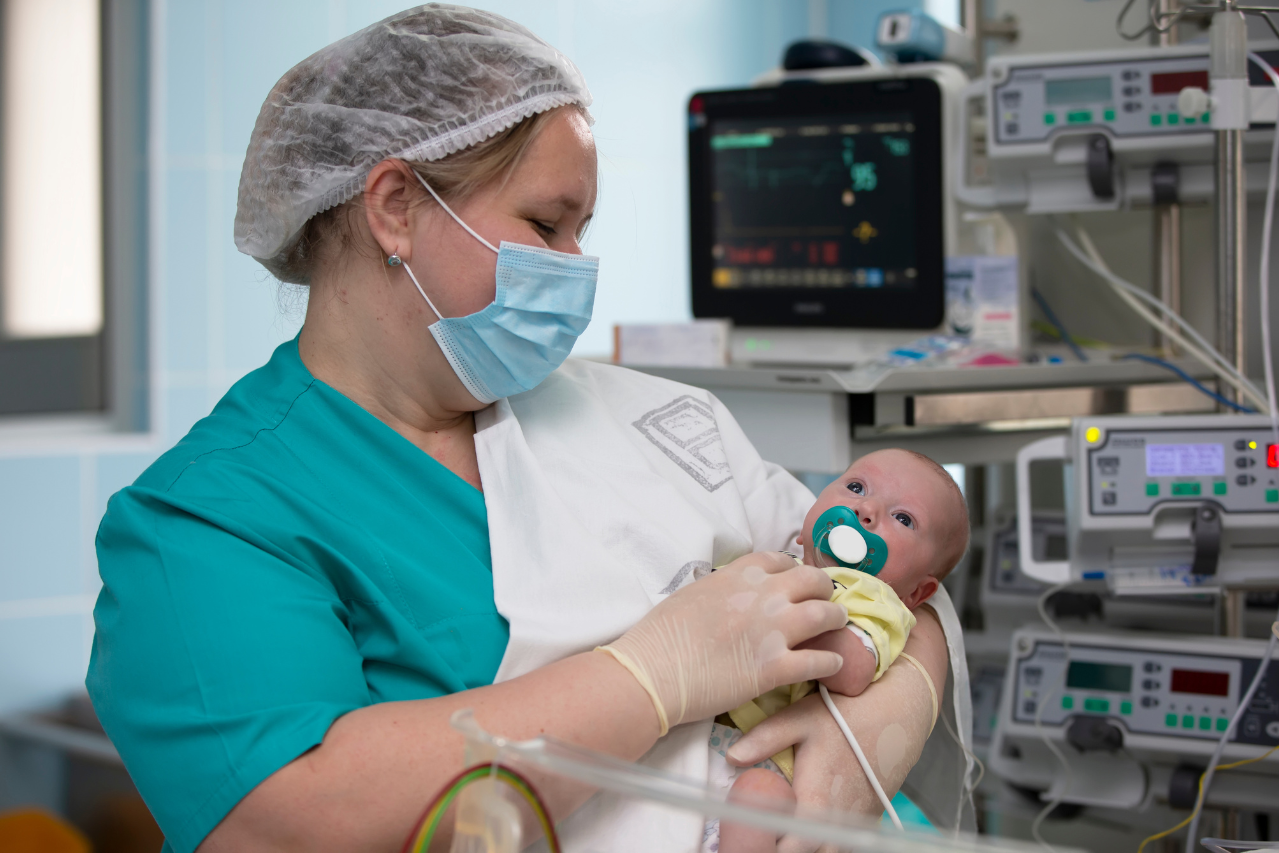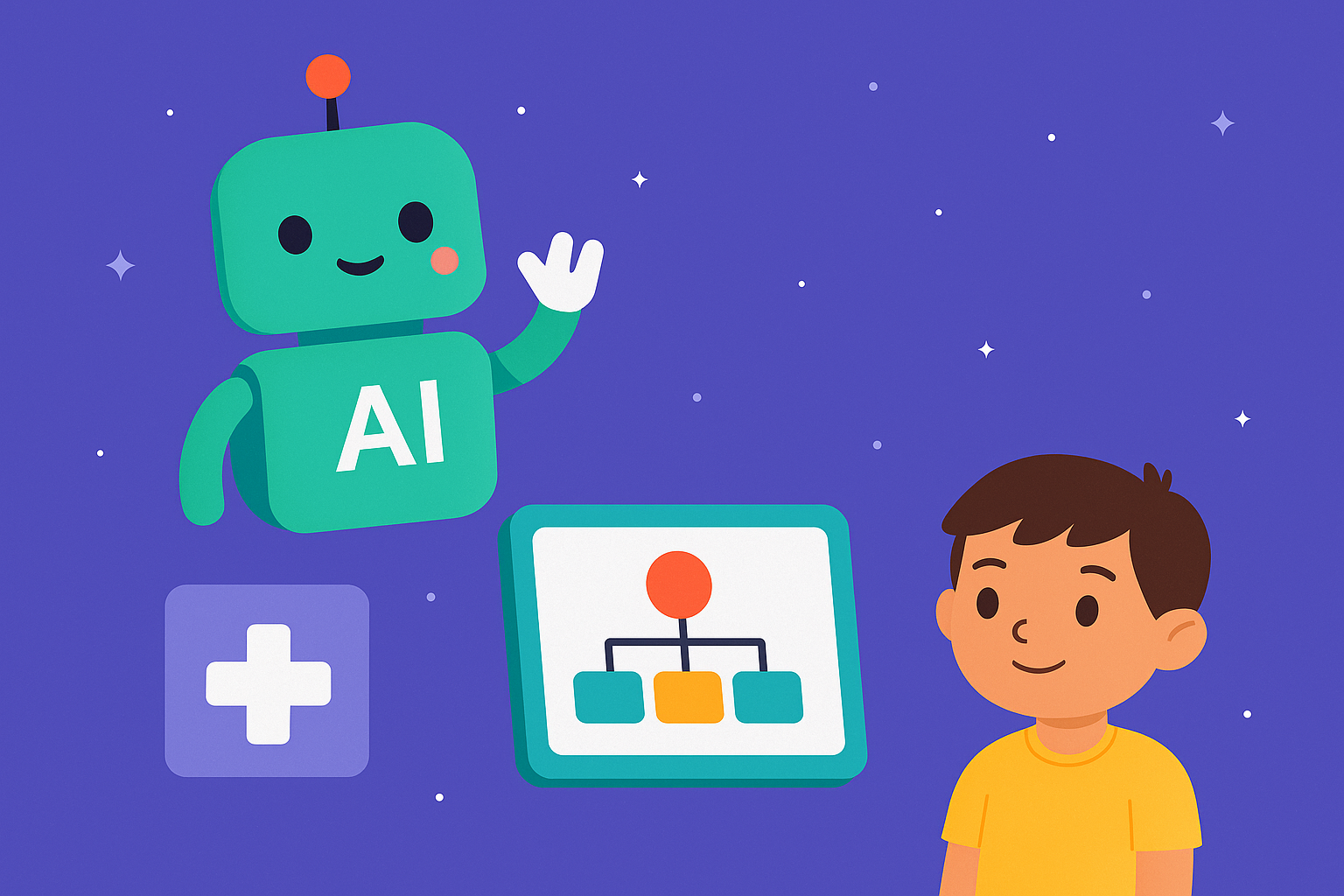Artificial Intelligence is steadily becoming a key player in healthcare, offering new ways to diagnose and screen for rare genetic conditions and developmental disorders in children earlier than ever before. Early detection is crucial because it enables timely intervention, which can significantly improve the quality of life and long-term outcomes.
AI for Rare Genetic Conditions: A Game-Changer for Newborn Screening
Identifying rare genetic disorders early is challenging due to the sheer number of possible conditions, many of which manifest in subtle ways that are easily missed during routine exams. AI algorithms are proving to be a game-changer in this area by analyzing complex genetic data to detect anomalies that might otherwise go unnoticed.
One of the most promising tools in this domain is DeepGestalt, an AI-powered software developed by the company Face2Gene. DeepGestalt uses facial recognition technology to detect patterns in facial features that are often associated with specific genetic syndromes. The software analyzes facial photos of patients, identifies subtle craniofacial patterns, and suggests potential diagnoses. In a study published in Nature Medicine, DeepGestalt outperformed clinicians in accurately identifying specific syndromes from facial images, demonstrating the potential for AI to assist in diagnosing rare genetic disorders such as Cornelia de Lange syndrome, Angelman syndrome, and many others. DeepGestalt can drastically reduce the time it takes to reach a diagnosis, which is often a long and emotionally draining process for families. In some cases, these tools have also been used in neonatal intensive care units (NICUs) to identify conditions like Noonan syndrome or Williams syndrome shortly after birth, enabling prompt genetic testing and early intervention.
Key Advantages of AI in Genetic Screening:
- Higher Accuracy: AI algorithms can identify complex patterns in genetic data, leading to more accurate detection of rare conditions.
- Speed: AI can analyze large datasets rapidly, reducing the time to diagnosis.
- Accessibility: AI-based tools can be integrated into routine screening processes, making genetic diagnostics more accessible to underserved populations.
AI in Developmental Disorders: Early Detection of Autism and Other Conditions
Developmental disorders, such as autism spectrum disorder (ASD), pose another challenge for early diagnosis due to their subtle and often variable presentation in young children. The ability to identify these conditions early on can make a significant difference, as early intervention is known to improve cognitive, social, and behavioral outcomes.
AI is now being used to screen for ASD by analyzing behavioral patterns, eye movements, and even vocal characteristics. One notable project in this space is a study conducted by researchers at Duke University, who developed a smartphone-based app that uses AI to track a child’s eye movements while they watch short video clips. The app’s algorithms can detect differences in how children with ASD look at the screen compared to neurotypical children, providing a potential early indicator of autism .
Another tool, Cognoa, has developed algorithms that analyze behavioral data, such as responses to specific stimuli, motor movements, and facial expressions. In a 2021 study, Cognoa’s diagnostic software was found to be effective in detecting autism in children as young as 18 months, which is significantly earlier than traditional diagnostic methods . Early diagnosisI can open doors to therapies and interventions that can alter the developmental trajectory of affected children.
AI’s Role in Developmental Disorder Screening:
- Behavioral Analysis: AI can detect subtle behavioral patterns that may be indicative of developmental disorders.
- Non-Invasive Screening: Many AI tools, such as apps and video-based assessments, are non-invasive and accessible, making them ideal for widespread use.
- Scalability: AI can be deployed on a large scale, providing early screening in diverse settings, from pediatric practices to schools.
Challenges and Future Directions
While AI shows great promise in early diagnosis and screening, there are still challenges to overcome. One of the main issues is ensuring that these AI algorithms are trained on diverse and representative datasets. Most AI models in healthcare are currently trained on data from specific populations, which can lead to biases and reduced accuracy when applied to other groups. This is especially critical in genetic and developmental disorders, where phenotypic presentation can vary widely based on ethnicity and other factors.
Additionally, the integration of AI tools into clinical practice requires a regulatory framework that ensures safety and efficacy. As AI becomes more widely used in pediatric and neonatal care, it will be essential to establish guidelines for its use, ensuring that these tools complement rather than replace clinical judgment.
Looking Ahead: The Potential for AI in Pediatric Care
Despite these challenges, the potential for AI to revolutionize the early diagnosis and screening of rare genetic and developmental conditions is immense. By leveraging the power of machine learning and pattern recognition, AI can detect subtle indicators of disease that are invisible to the human eye. As these technologies continue to evolve, they will become an invaluable resource for pediatricians, geneticists, and developmental specialists, enabling earlier and more accurate diagnoses that can change lives.
AI is transforming early diagnosis and screening for rare genetic conditions and developmental disorders by offering unprecedented accuracy and speed. Tools like DeepGestalt and Cognoa are paving the way for a future where early intervention is not only possible but also routine. As research in this area progresses, AI will continue to play a crucial role in pediatric healthcare, ensuring that more children receive the care they need as early as possible.
Sources:
- Gurovich, Y., Hanani, Y., Bar, O., et al. (2019). Identifying facial phenotypes of genetic disorders using deep learning. Nature Medicine, 25, 60-64. Link to study.
- Sapiro, G., et al. (2018). Development of a Mobile Application for Early Screening of Autism Using Digital Behavior Phenotyping. JAMA Pediatrics. Link to study.
- Campbell, K., Carpenter, K., Espinosa, S., et al. (2021). Effectiveness of an AI-based Diagnostic Aid for Autism in Young Children. Journal of Autism and Developmental Disorders. Link to study.




